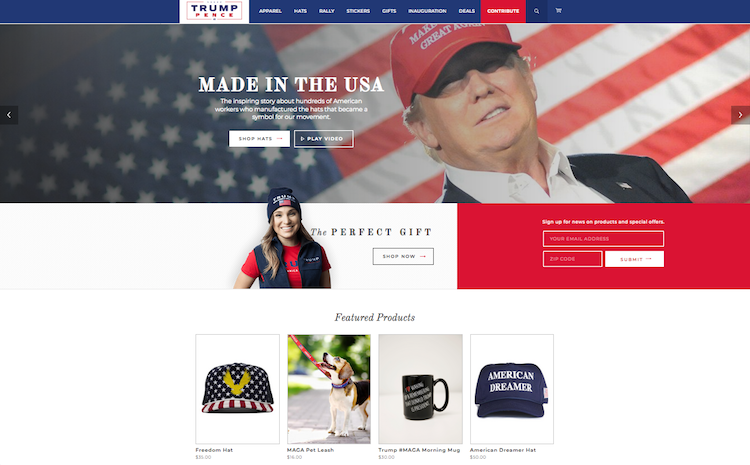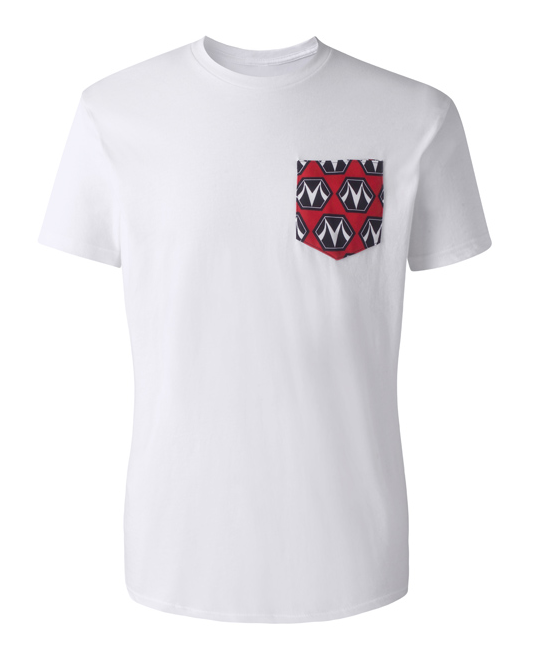The year was 1837. A young entrepreneur, Klaus Z. Coconut, invents something called the “head shirt.” Literally just a pulled-up T-shirt worn the over head like an inside-out head-sock, the head shirt revealed itself to be a horrendously stupid and more-or-less insane product idea within seconds, it’s only real success being to convince the American people that, once again, they had confused the meanings of “entrepreneur” and “escaped, surprisingly industrious sanitarium patient.” (A mistake that, sadly, they continue to make to this very day.)
But, though unquestionably crazy and likely possessing imbalances in at least two of his four humors (we’re guessing phlegm and probably one of the biles), Mr. Coconut was onto something: Wearing things on your head is indeed awesome. The only catch is they can’t look cheap, terrible or generally convince people that you’re an escaped 19th-century mental patient who has either been over- or -underdosed with sweet, sweet laudanum.
Sure, it sounds absurd, but give it some honest thought: How often have you been walking through a hillbilly- or hipster-centric neighborhood and thought to yourself, “That is absolutely the worst hat I have ever seen, and, at the minimum, I would like to spray that person with a full-blast fire hose and scold them about their explicitly bad life decisions?” More times than you can count on two hands worth of fingers, right?
So here’s the deal: Picking out good promotional headwear takes a bit more thought than taping a sequined beet to your head and strutting down to your local hipster post-ironic poetry frump. There is logic involved. Money, design sense and general, business-building rules of thumb. Frankly, it’s a fairly complicated field, but if you’re really, truly worried about coming off as some sanitarium-bound beet enthusiast, here are five quick tips to help keep your headwear promotions fashionable, profitable and cutting-edge.
1. Flat Bill and Trucker Caps Are Still In
Despite the scorn for hipsters in this article’s introduction, a small, near-microscopic sliver of their population does occasionally create fashion trends with lasting appeal. Take flat-bill and trucker caps, two once too-cool-for-school fashion trends that have not only become an accepted part of mainstream fashion, but according to Ashley Adams, marketing coordinator at S&S Activewear, Bolingbrook, Ill., have also maintained their popularity after all these years. (So, next time you make a trucker-cap sale, be sure to thank your local Starbucks Barista.)
2. If You’re New to Headwear, Start Simple
“Start with something simple and work your way up,” said Adams. “There are so many types of headwear to choose from that it can become overwhelming quickly. If you start simple, you are able to focus on the promotion and then dive deeper into the product if it takes off.”
3. It’s All-Ages
Old or young, there aren’t many people who don’t enjoy a good hat. “Headwear is huge for the promotional products industry since they are so widely worn throughout all ages,” said Adams.
4. Custom Is In Demand
Thanks partly to living in the ear of on-demand TV and personalized Internet everything, end-buyers are now expecting that they can get the exact product of their imaginations’ conjuring. “We are seeing a huge increase in clients needing custom caps in their colors (not stock inventory), in two-to-three weeks lead time,” said Tony Karlicek, CEO, Headwear Professionals, Frederick, Md. “As the end-client base is becoming more educated as to what is available in market, we are seeing less interest in commodity items and more interest in getting a more custom look (like eyelet color, sandwich trim color, contrast stitch color).” This newfound fastidiousness might sound like a bit of hassle, but as we’ll in the next point, it’s actually a boon to your business.
5. Avoid The Commodity Sale
Along with your customers not really being into it, there is another great reason to avoid selling stock caps: You can push yourself into a difficult-to-win price war. Karlicek explained that by using stock caps (or even worse, stock caps with visible supplier labels or easily researched pricing), you’re making it that much easier for your customer to look up pricing online, letting them either hammer away at your margin or find a cheap vendor entirely. “By selling a custom, blind label concept, [you] are creating a unique item (higher perceived value), that is hard to bid out, and positioning [yourself] as a market-leader, instead of an order-taker.”



